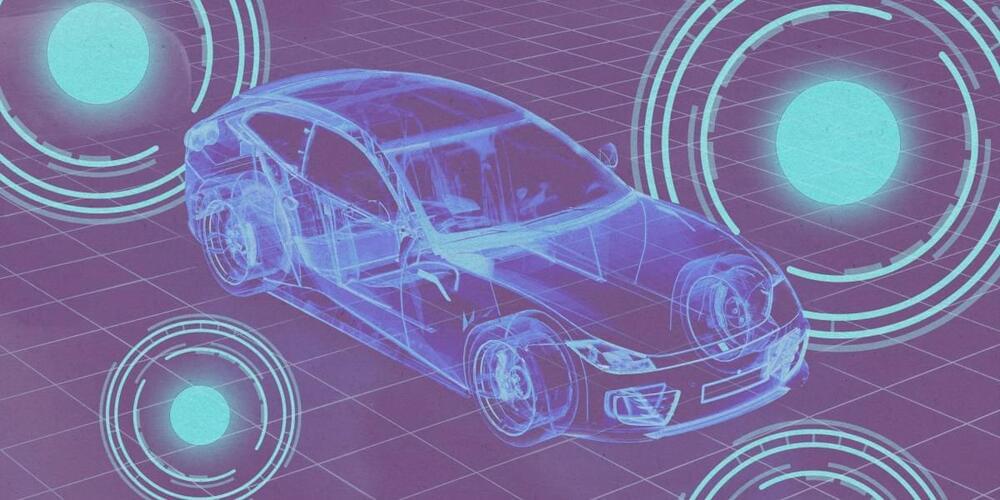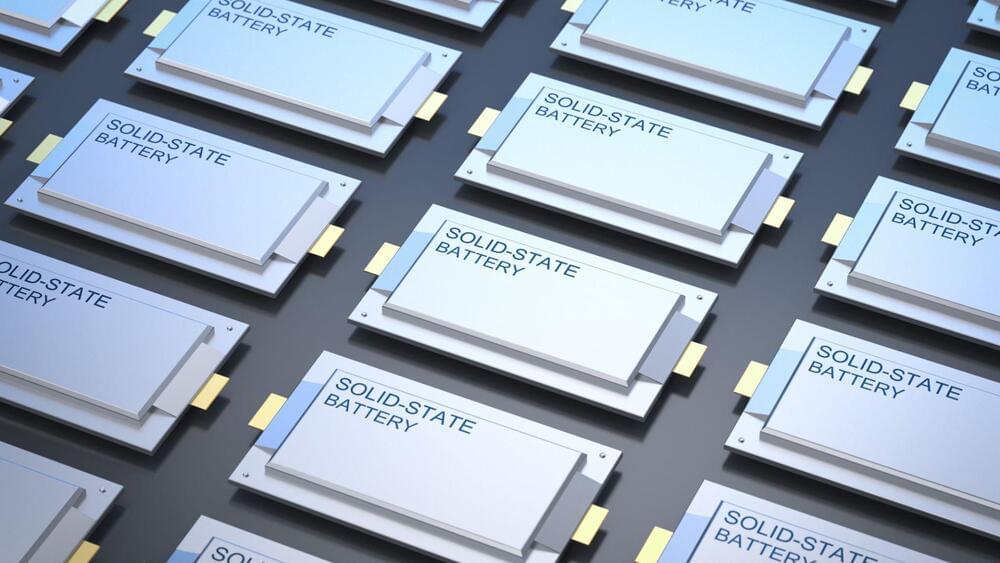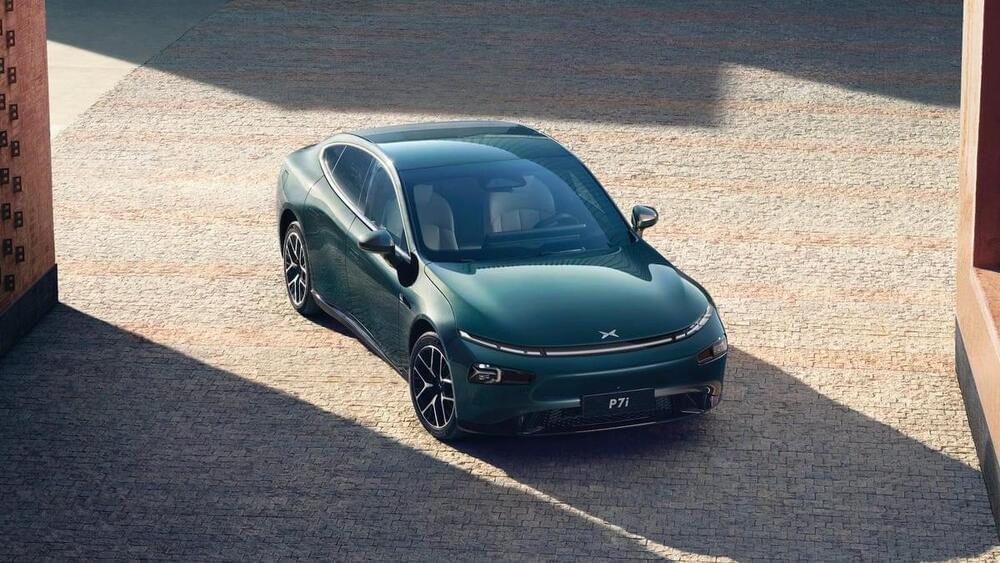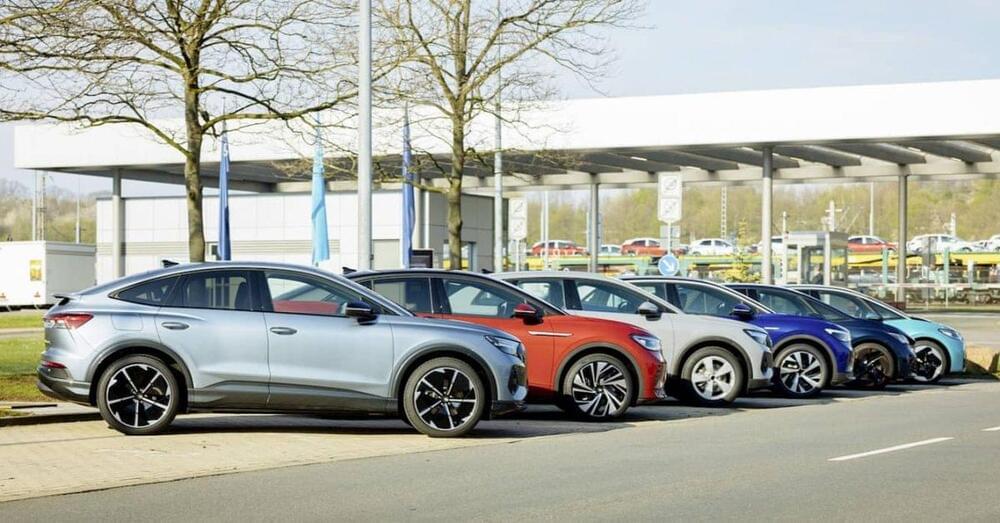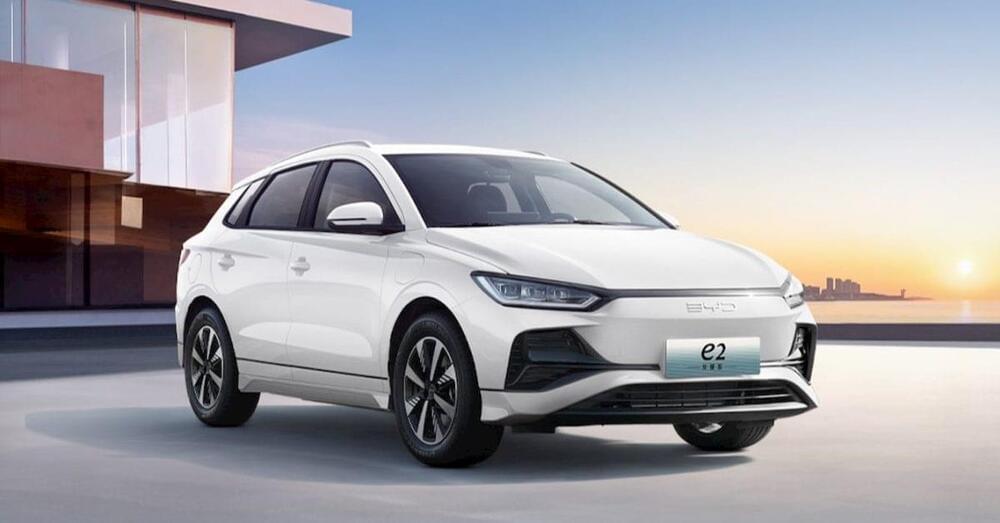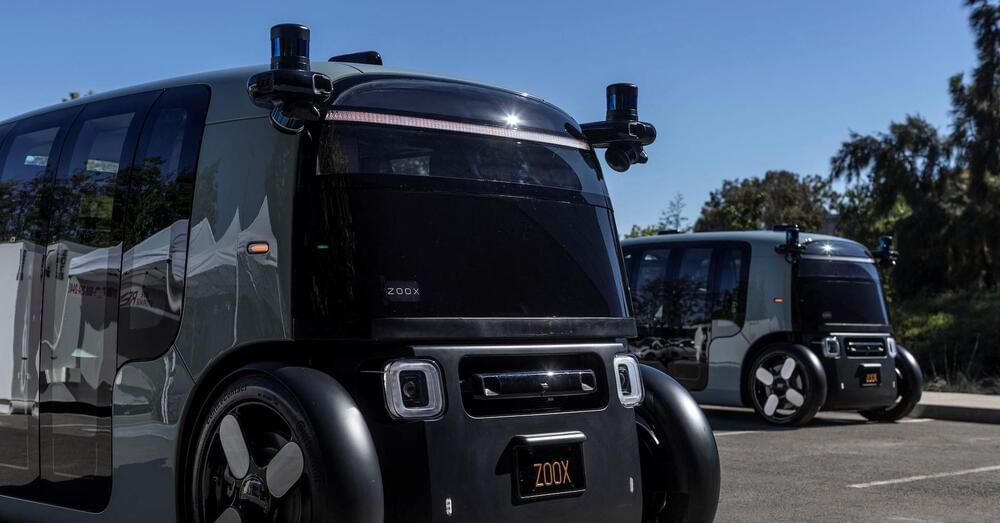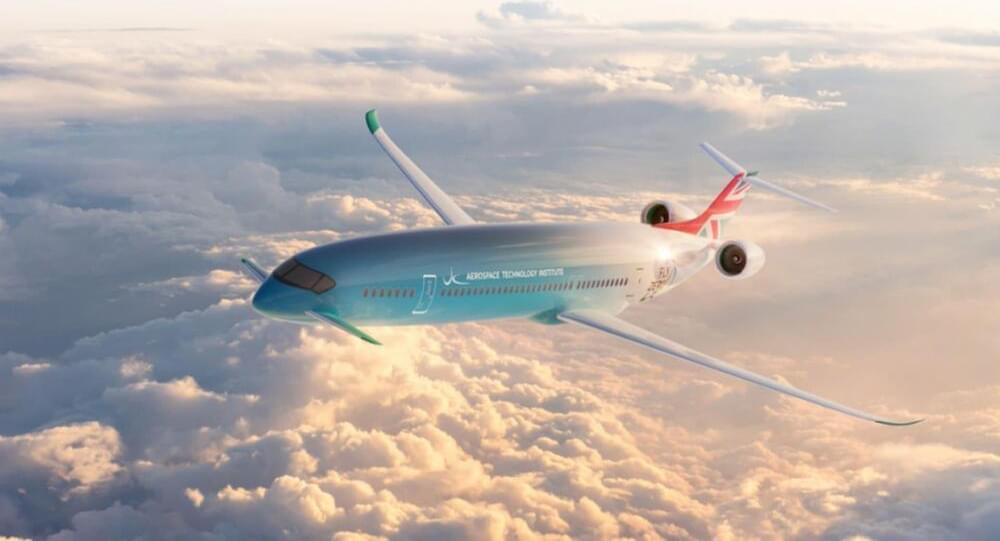Wired writer Mark Andrews tested three Chinese vehicles equipped with semi-autonomous functionality and found them superior to comparable American self-driving systems. The reasons, it seems, boil down to a single feature that American passenger cars have yet to implement: Lidar. From Wired:
On the flip side, Tesla and General Motors have been grabbing most of the recent headlines when it comes to self-driving cars in the hands of the public, and for all the wrong reasons—mass recalls, suspended licenses, spending cuts, and huge losses.
But in China, a number of companies are steadily—and far more successfully—moving toward a similar destination, but via a different route.

